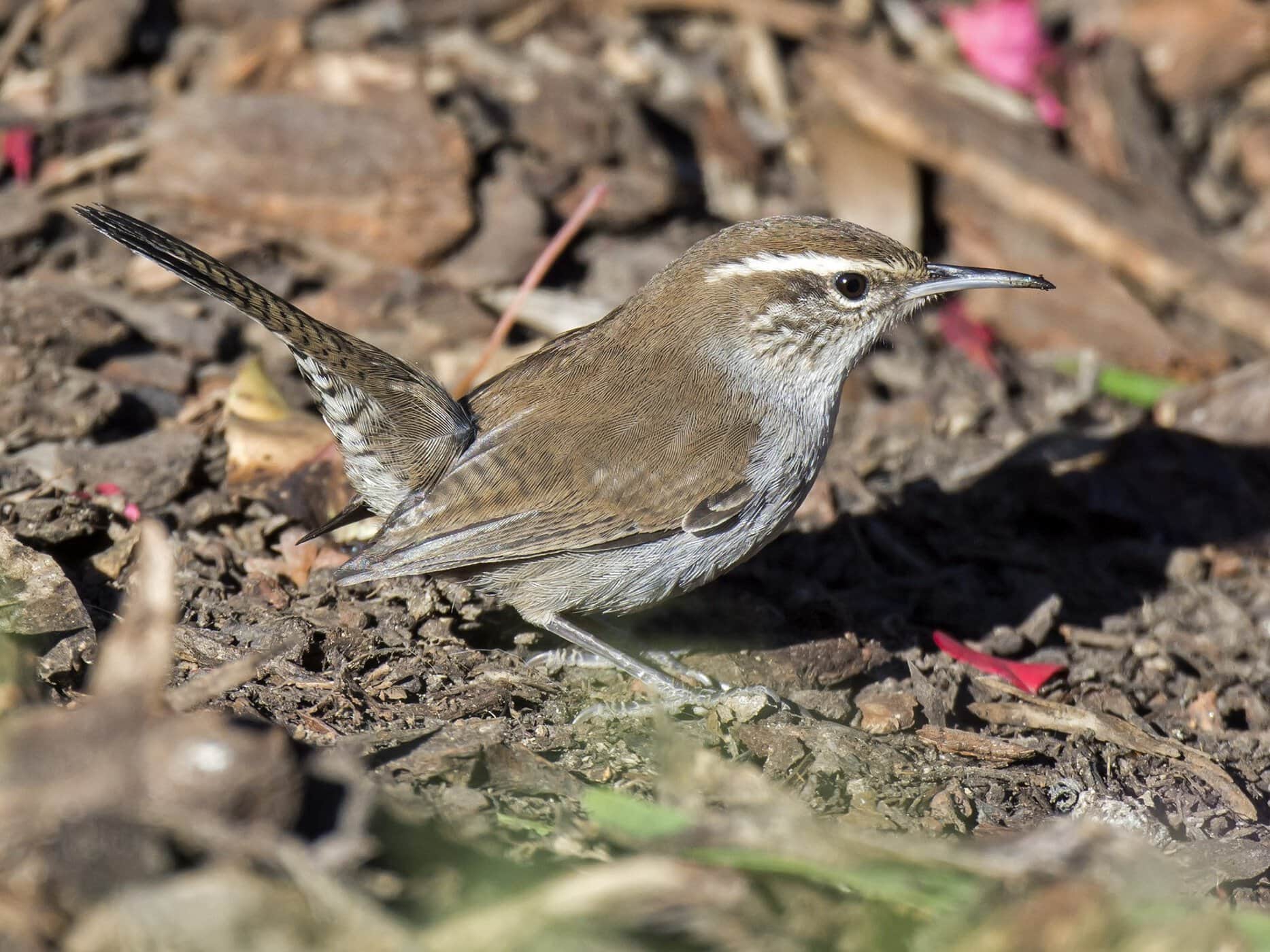Best holiday gift – the Christmas Bird Count
By Maureen Lahiff
December 17 was the Third Sunday of Advent. We lit the rose candle for joy at the 5 p.m. Saturday evening Mass. But I got my best present of the season a bit early: the 77th Oakland Christmas Bird Count (CBC).
I’d like to share both facts and personal reflections about why the CBC matters so much to me and to ecology and conservation. This piece is in the spirit of the father of interpretive naturalists everywhere, Freeman Tilden, the author of Interpreting our Heritage, first published in 1957.
Tilden emphasizes that the ultimate goal of the interpreter is to inspire and to motivate people to protect habitat, animals, and as we would say today, ecosystems. CBC participants are already dedicated. Our annual day in the field and count dinner provide an opportunity for reinforcement and renewed inspiration. Especially in 2017, being part of the CBC reminds us that we are not alone, and that there can be gains as well as losses.
CBCs began in 1900
Ornithologist Frank Chapman of the American Museum of Natural History in New York City (and an officer of the Audubon Society) organized the first Christmas Bird Count as an alternative to Christmas hunting contests. Instead of getting shot, birds would be counted. That first year, there were 27 participants at 25 locations on Christmas Day, mostly centered in the Northeast, but including one in Pacific Grove (now the Monterey Peninsula CBC). Now there are over 1,800 counts in the U.S., Canada, and beyond, with over 50,000 participants. There are about 140 counts in California. CBC season is December 14 through January 5. In the 1950s, CBC 15-mile-diameter circles became standardized; that’s an area of over 175 square miles.
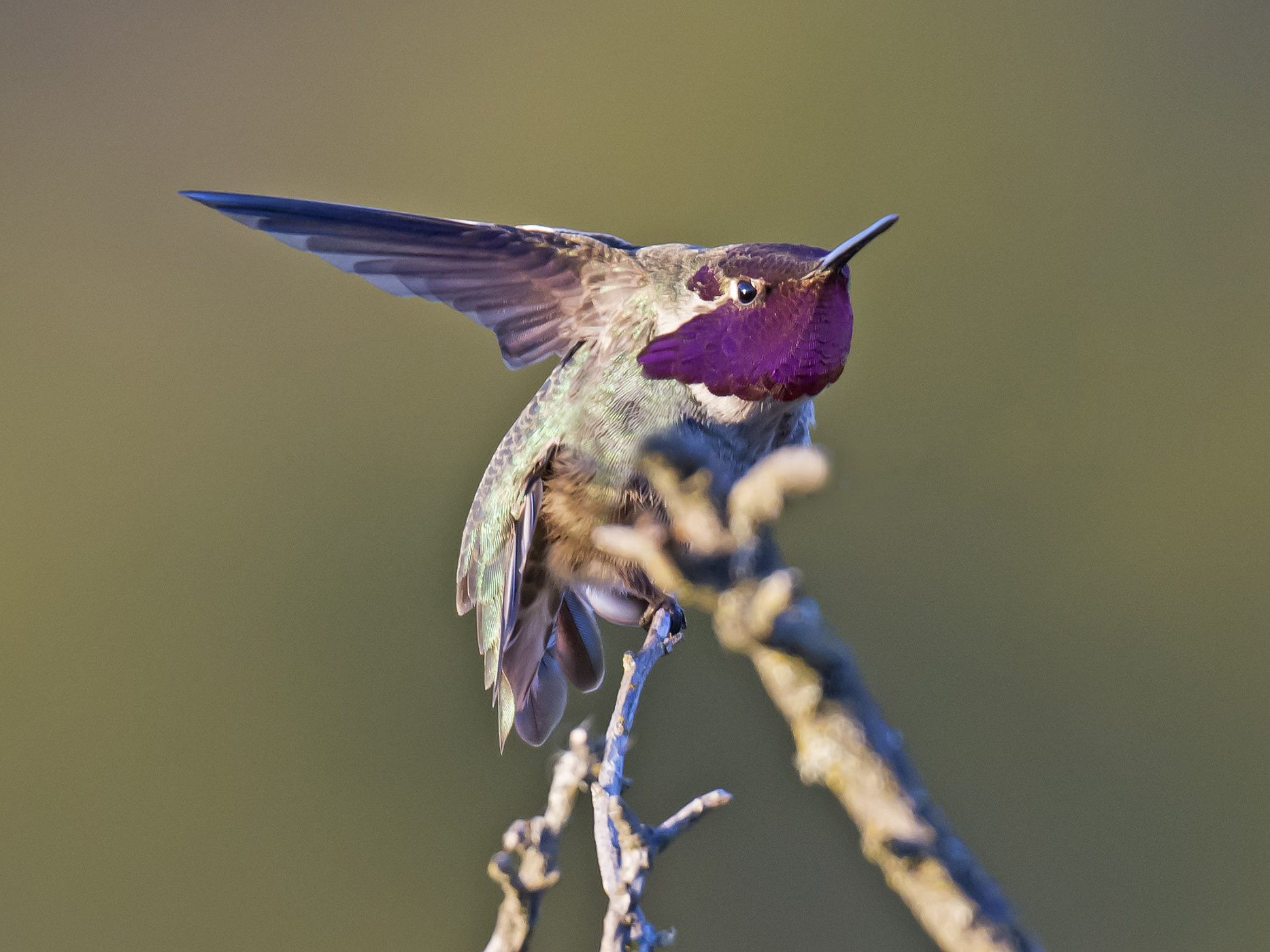
Oakland’s CBC began in 1938
Highland Hospital is a good landmark for the center of Oakland’s circle. Our territory includes Oakland, Berkeley, Emeryville, Alameda, Albany, Orinda, Lafayette, and Moraga. It extends out into the Bay as far as Treasure Island.
Oakland missed a few years, 1943 to 1945 due to World War II and civilian defense measures in the Bay Area, so the 2017 count was our 77th.
In 2014, 2015, and 2016, Oakland held the CBC record for number of field observers — 269 in 2016.
What makes this possible are our amazing area leaders, our participants, and, above all, our stellar compilers, Dave Quady and Bob Lewis. Bob and Dave keep the maps and the records, assign participants to teams, and support area leaders.
Oakland’s CBC offers a welcome to birders of all skill levels and local experience, and our area leaders deliver on that promise.
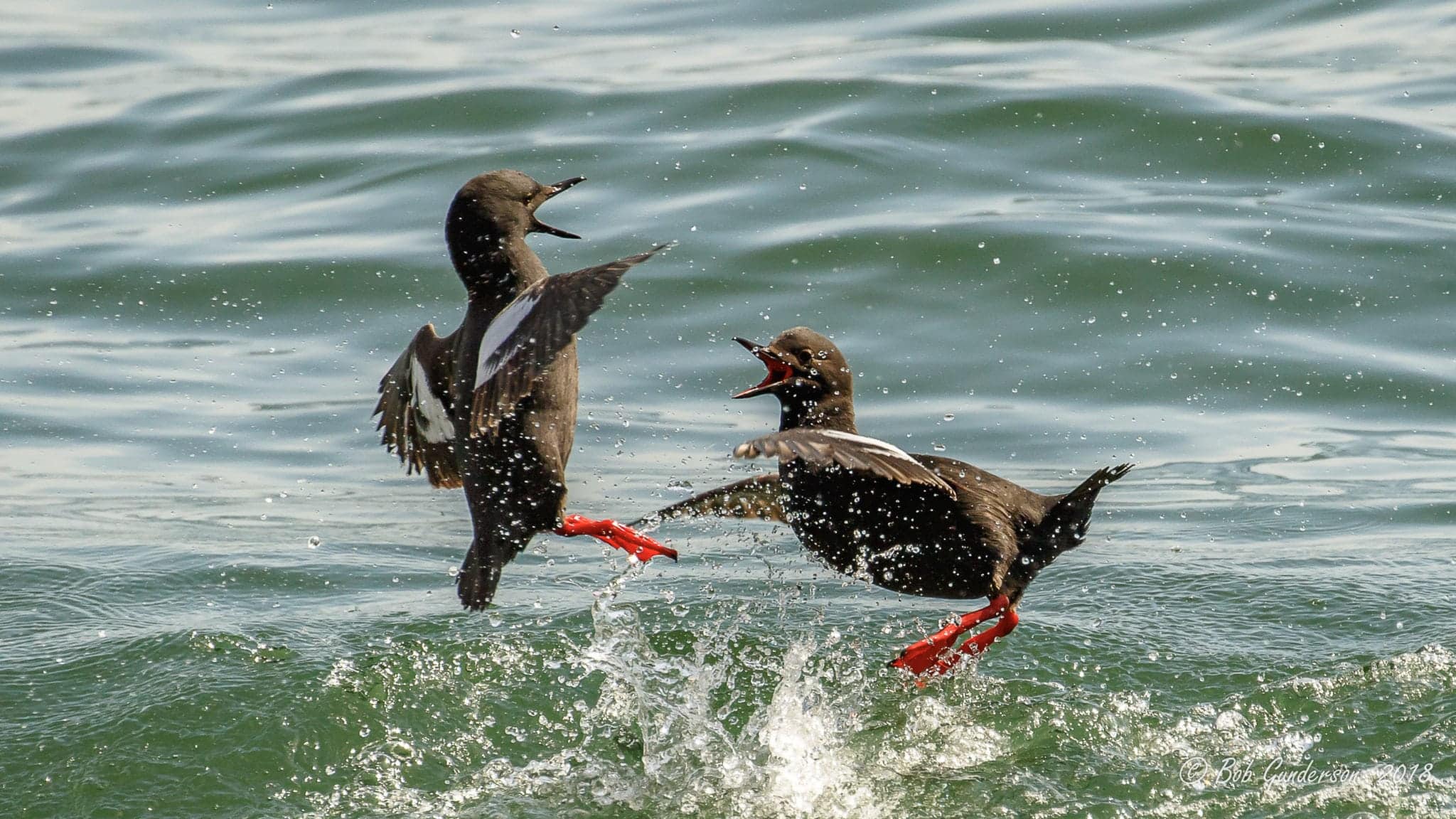
From participant to area leader
For the past several years, my area has been centered on the U.C. Berkeley campus, where I work. Scouting was easy, an extra incentive to take a walk at lunch. On count day, we would hike Strawberry Canyon and the U.C. Berkeley Botanical Garden, the main campus, Ohlone Greenway, and various pocket parks in North Berkeley. I had great area leaders, first Eddie Bartley and Noreen Weeden and then John Colbert and Erica Rutherford for the last few years.
This year, I led the area that includes the south part of Redwood Regional Park and the northern part of Anthony Chabot Regional Park. Since I live in the lower Oakland Hills, not far from these parks, I hike and bird there frequently. But now I had to plan to cover all the habitats: riparian; redwoods; other conifers, live oaks, willows and laurels; chaparral and grasslands. One decision was easy: Redwood Regional Park in the morning and Chabot Regional Park in the afternoon. Marsha Feinland, leader for the northern part of Redwood Park and Joaquin Miller Park, emailed me about covering habitats on our boundary.
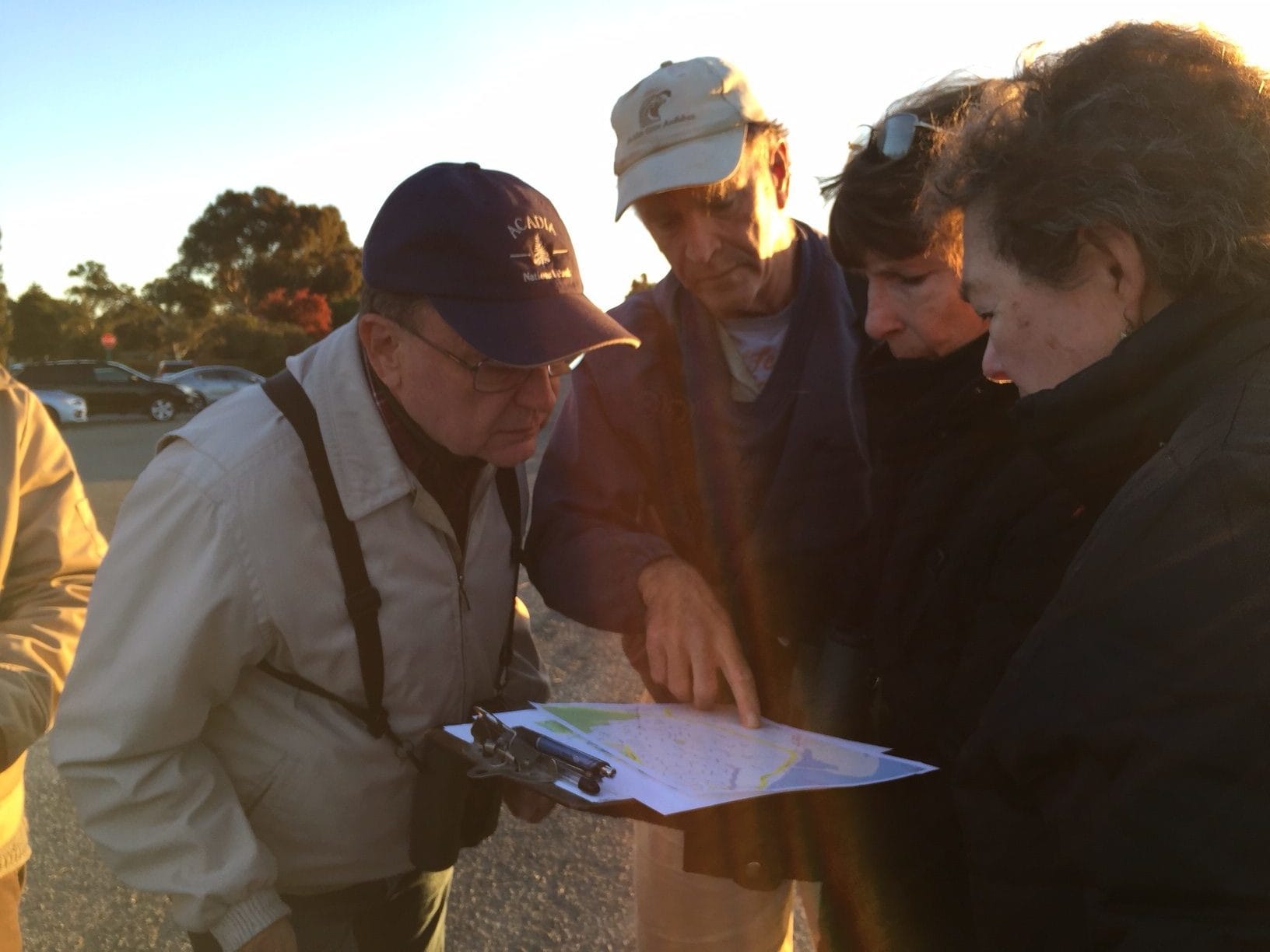
Whenever I can, I “scout” a few days before I lead a trip, even if I know the area well, and I always check eBird for recent sightings. I felt even more responsible scouting as a CBC leader, because of the commitment to cover terrain and habitats. Rain was not a concern, but it would be cold for the first half of the morning, and Saturday’s high winds were likely to continue. Most of the trips I lead are half a day, but the CBC is a sunrise to sundown adventure, which takes more planning and pacing. Since there is no cell phone reception in the canyons we would be covering, routes and instructions needed to be especially well thought out. Sometimes it’s hard for me to be precise about time when planning for groups, though CBC teams would be smaller. But once the day of the trip came, all my worries vanished. We would simply do our best and enjoy some great sightings.
I was fortunate to have eight team members who were willing to meet at the entrance to Redwood at 7:00 a.m. and divide into three teams in the morning and two in the afternoon. The Bort Meadow group campground in Chabot made an ideal lunch spot: picnic tables, nice pit toilets, running water, garbage cans and recycling, and almost no other people. All I had to do was bring hand sanitizer.
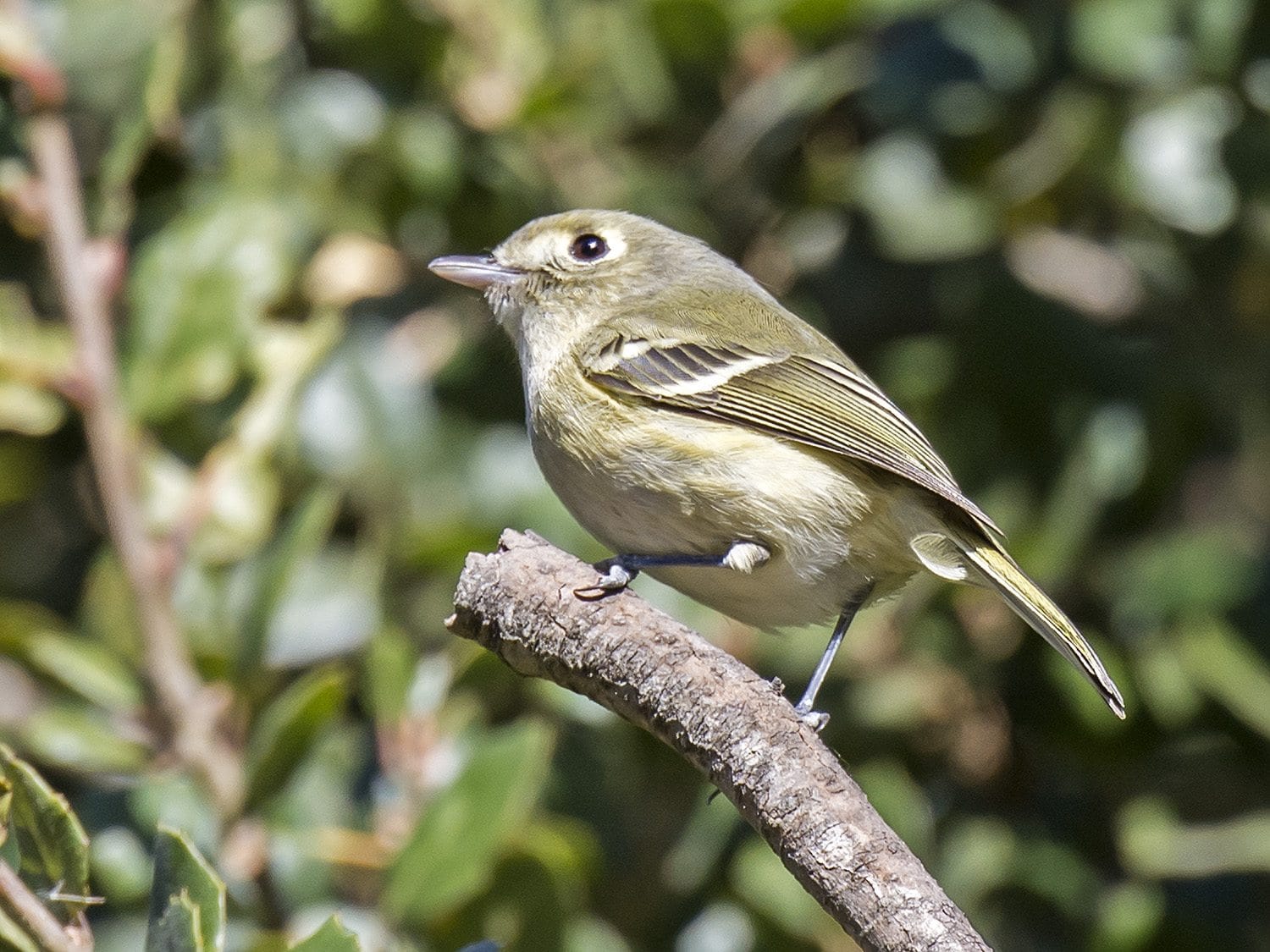
My day started early, for I was scheduled to meet Dave Quady and Bob Lewis at 2:30 am at the entrance to Redwood for owling. I arrived around 2:20, and soon after, a Northern Saw-whet Owl proclaimed his presence, even without Dave to invite him into a conversation. Between 2:30 and 4:00 am, we heard a total of three Northern Saw-whet, three Western Screech, and a solo Great Horned Owl. I headed home for a very brief nap before picking up coffee and a scone and heading back to Redwood.
Our area was not likely to lead to a record count; we managed to see or hear well 45 species. We had great looks at Varied Thrushes, which seem plentiful this year, and dancing Fox Sparrows. We were delighted with the quick movements of Ruby-crowned Kinglets and Yellow-rumped Warblers. We missed California Quail, and none of us sighted any falcons. But we had Acorn Woodpeckers, along with Northern Flicker, Red-breasted Sapsucker and Downy Woodpeckers. Four of our team were new to the CBC, three were new to this area, and one had done it last year. I would love to have them all back in 2018.
The count dinner at the end of the day is an important part of the gift of the CBC. It gives me hope to be with people who care about birds and habitat preservation, especially in the current climate, when protections for birds like the Greater Sage-Grouse are being rolled back and the Migratory Bird Treaty Act is being abrogated even as we commemorate its hundredth anniversary. “Climate change,” “science-based” and “evidence-based” may be banned words for US government agencies, but the data from Audubon Christmas Bird Counts will continue to speak clearly and compellingly. The future of birds is linked to the future of the community to which we and the birds belong.
For the future
I keep the Rachel Carson quote, “Conservation is a cause that has no end. There is no point at which we say, ‘Our work is finished,’ “ on my office door. That’s the CBC in a nutshell.
If you’re already involved in the Oakland CBC, please continue.
If you’ve thought about it, but been hesitant about your skills, please join us in this continuing adventure. Check our web site in October to register for the next Oakland and San Francisco counts!
Coming soon: A summary and photos of the San Francisco Christmas Bird Count.
